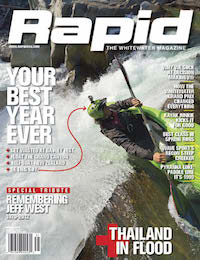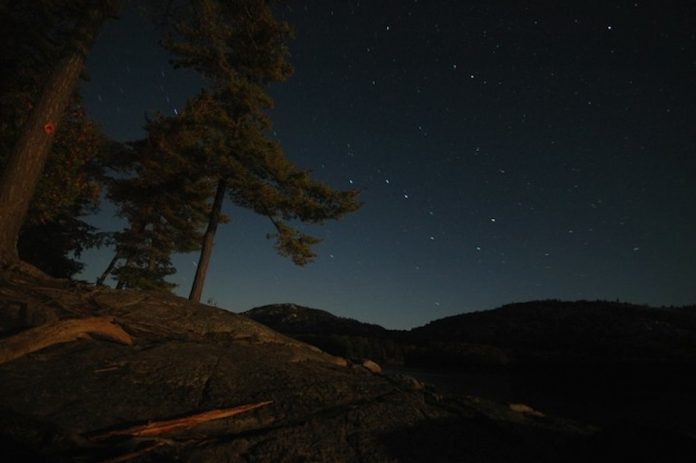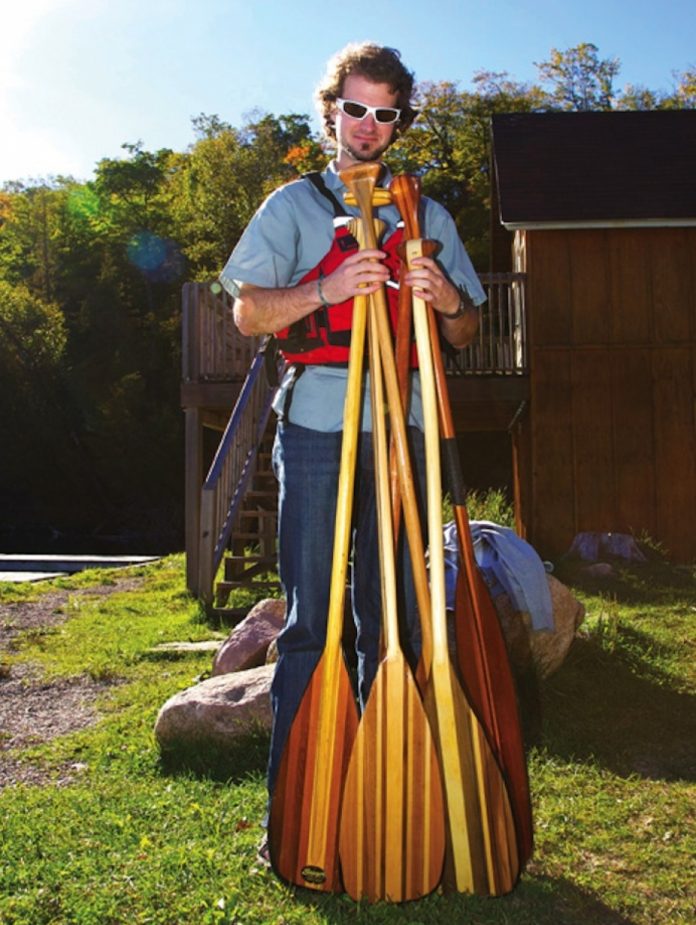Matt Porter gives Rapid Mag TV a sneak peek of two new drysuits for 2014. These rear-entry drysuits come in great colours, some great features and all the right fabrics in all the right areas.
Video: New Drysuits From Kokatat
Video: New Raft From Aire
Looking for a raft that can handle the big water and zip around the water? Check out the latest offering from Aire rafts – the Sabertooth.
Video: New Proto PFD From Salus
Steve Wagner shows us all the neat design features of the new PFD from Salus, The Proto. If you are looking for a rescue vest and something you can strip down to play in, check this out.
Video: New Gear From NRS
NRS has so many things to show Scott from Rapid Media that they don’t quite get to it all before the duck starts quacking. Watch the video and it will all make sense.
Video: New Sawyer Paddles
Canoeroots TV grabs Pete Newport from Sawyer Paddles and Oars at Outdoor Retailer to tell us what the Sawyer Racing team is all about. He fills us in and shows us some of the paddles that are designed to be light, look great and make you go fast.
Video: New Pack Canoe from Old Town
Publisher of Canoeroots Magazine Scott MacGregor is shown the new Old Town Pack Canoe by director of R & D Bob McDonough. Find out why this design gives you some of the benefits of both a kayak and canoe.
Core Kirri WW Bent Shaft Review
The new kid on the block, Core Paddles is poised to take the market by storm. With the introduction of one-piece Easton Elite alloy shafts combined with carbon composite blades, Core has put the notion of aluminum paddles being low budget to rest. The Kirri is Core’s premier whitewater product and it’s lighter, stronger and more durable than most full carbon paddles. Grips on the shaft eliminate slippage and the optional 12- or 30-degree offset lets you choose your angle
corepaddles.com | $449
This article originally appeared in Rapid magazine, Early Summer, 2011. Download our free iPad/iPhone/iPod Touch App or Android App or read it here.






 This article first appeared in the Spring 2013 issue of Rapid Magazine. For more great content, subscribe to Rapid’s print and digital editions
This article first appeared in the Spring 2013 issue of Rapid Magazine. For more great content, subscribe to Rapid’s print and digital editions 

